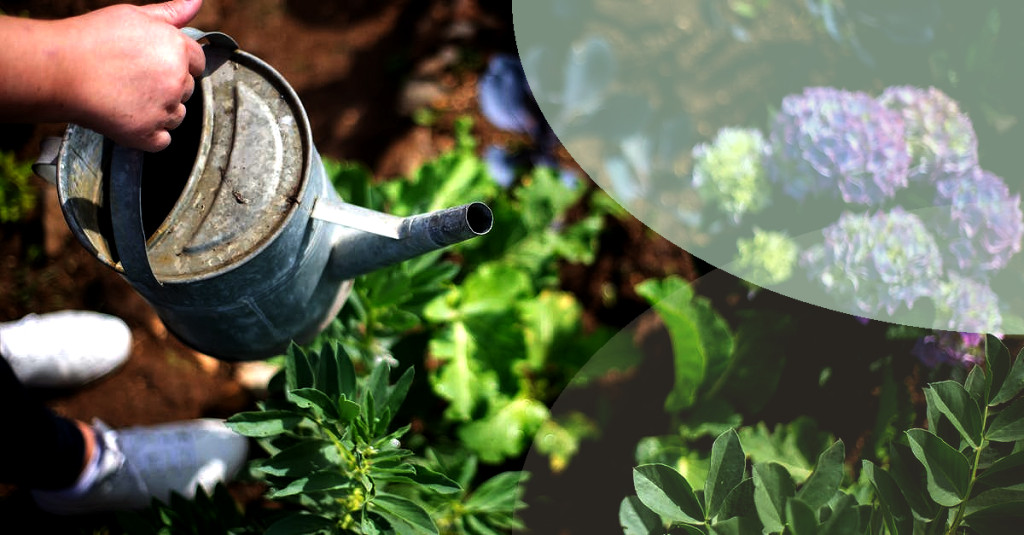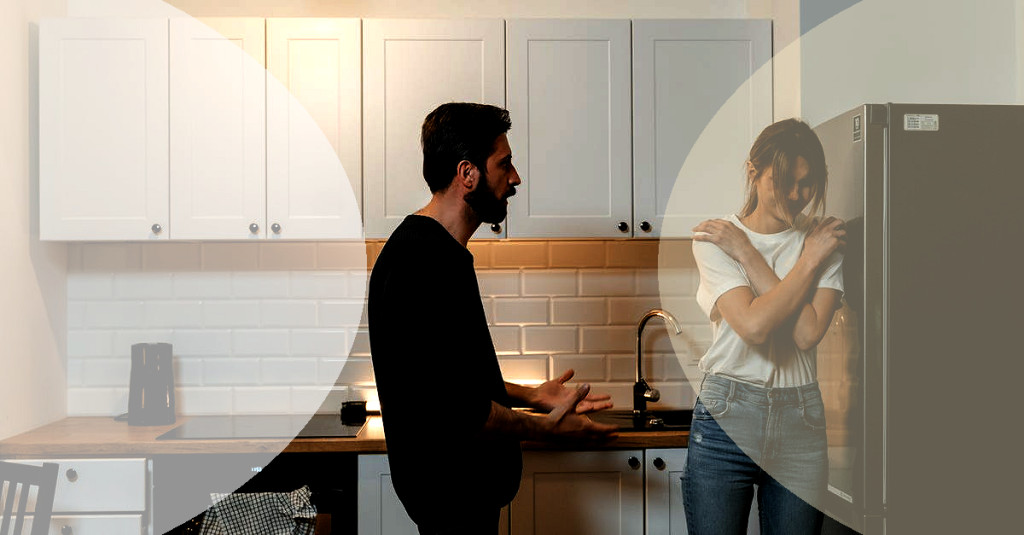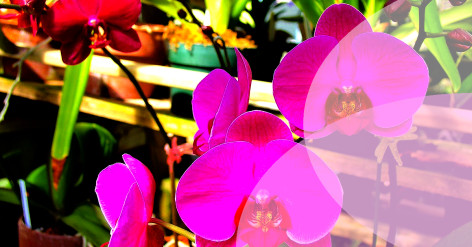Top 10 Tips for Choosing the Best Garden Hose

- 1. Length Matters: Select the Right Hose Length
- 2. Widening Your Horizons: Hose Diameter
- 3. Thread Lightly: Thread Types and Connectors
- 4. Material World: Hose Materials
- 5. Take the Pressure: Burst Pressure
- 6. Sprung a Leak: Kink Resistance
- 7. Bending the Rules: Flexibility
- 8. Coupling Conundrum: Hose Couplings
- 9. Drinking from the Hose: Drinking Water Safe
- 10. The Reel Deal: Hose Storage
1. Length Matters: Select the Right Hose Length

Garden hoses are the unsung heroes of the home and garden world. They're that essential tool we all need to keep our green spaces hydrated, clean, and lively. But not all hoses are created equal â so how do you make sure you invest in one that suits your needs perfectly? Fret not, for we've compiled the Top 10 Tips for Choosing the Best Garden Hose for your waterworks wonderland.
2. Widening Your Horizons: Hose Diameter
Longer isn't always better. The ideal hose length depends on the size of your garden and the distance between your tap and your plants. Measure the furthest distance you'll need your hose to reach, then add a few extra feet for flexibility. Too long, and you will have to wrestle with a cumbersome, heavy hose.
3. Thread Lightly: Thread Types and Connectors
Hose diameter impacts water flow, and the most common options are ½, â , and ¾ inches. For most home gardeners, a â -inch diameter hose provides ample water flow without being too heavy or unwieldy to maneuver comfortably.
4. Material World: Hose Materials
Garden hoses come with two common types of threads: NHR (National Hose) and NPSH (National Pipe Straight Hose). For household use, the most widely compatible option is a hose with NHR threads, as they fit most hose accessories and connectors. For solid connections, consider buying solid brass connectors over plastic or aluminum, as they are more durable and less prone to leaking.
5. Take the Pressure: Burst Pressure

Garden hoses are structured from a handful of materials, like vinyl, rubber, or a combination polyurethane-coated fabric. Although affordable, vinyl hoses are less durable and tend to kink easily. Rubber hoses are stronger, more weather-resistant, and less prone to tangling, though they are heavier to maneuver. For the best balance between durability and flexibility, consider a polyurethane-coated fabric hose.
Related articles
6. Sprung a Leak: Kink Resistance
Hoses with a higher burst pressure are more resistant to spouts, reels, or sprayers that increase water pressure. Opt for a hose with a burst pressure of at least 350 psi to prevent breakages and leaks.
7. Bending the Rules: Flexibility
A kink-resistant hose makes maintenance easier and prolongs the hose's lifespan. When selecting a hose, look for ones that have been independently tested and rated for kink resistance.
8. Coupling Conundrum: Hose Couplings

A flexible hose will make your life a whole lot easier when winding, storing, and maneuvering around your garden. Opt for rubber or fabric hoses, as they have better flexibility than vinyl.
9. Drinking from the Hose: Drinking Water Safe
High-quality couplings ensure a leak-free, long-lasting connection between your hose and various accessories. Opt for couplings made of brass rather than plastic, as they're more durable and can be tightened without needing a wrench.
10. The Reel Deal: Hose Storage
Not all hoses are drinking water safe. For hoses made from vinyl, check whether they're free from harmful chemicals like lead and cadmium. Rubber and fabric hoses are usually safer options.
A well-organized garden is a pleasure to be in, so investing in proper hose storage is a must. Consider a wall-mounted hose reel or a hose storage pot to keep your hose neatly coiled and protected from damage.
Choosing the perfect garden hose is vital for keeping your home and garden lush and vibrant. With these Top 10 Tips, you're well-equipped to make an informed decision and find a hose that not only does its job â it excels, making every watering session a zen-like experience. Now, go forth and shower your garden with love!





